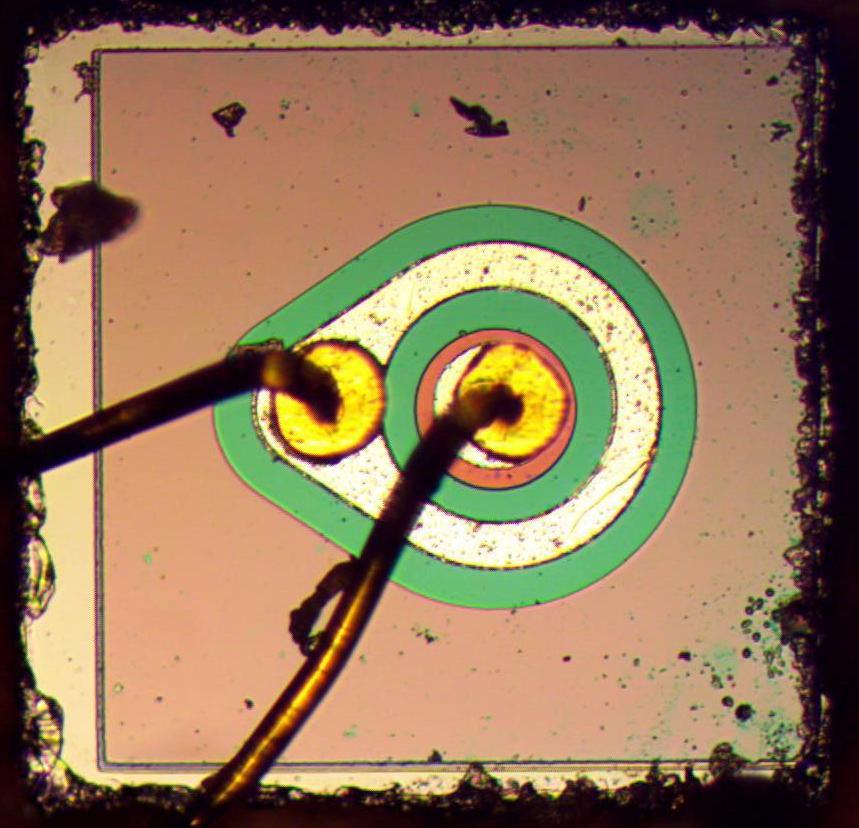

I won't go to the trouble of typing it, either. As shown in the above figure, the emitter to base junction is forward biased and the collector to base junction is reverse biased. In an NPN transistor the arrow points the base material. This may not be as accurate as starting with said 2 previous models and using Convergence, Numerical Methods or Symbolic Engines, but this is good enough to determine the regions and modes the transistors are in.īy Ebers-Moll model, I do not mean the regular this:Ĭouldn't attach the images as they are SVG. Grab your multimeter and check that the red cable is connected to the voltage socket while the black cable. That means \$V_\$ can take at saturation given the current formulas from Ebers-Moll or Gummel-Poon models. In fact, the current gain of a transistor is just Ic/Ib r/d I c / I b r / d, since that many electrons get swept into the collector for each that recombines in the base. Identifying Transistor 3 Pins With Multimeter (NPN). When connected to ideal voltage sources, then assume that they can sink and provide enough current to maintain their voltages.


 0 kommentar(er)
0 kommentar(er)
